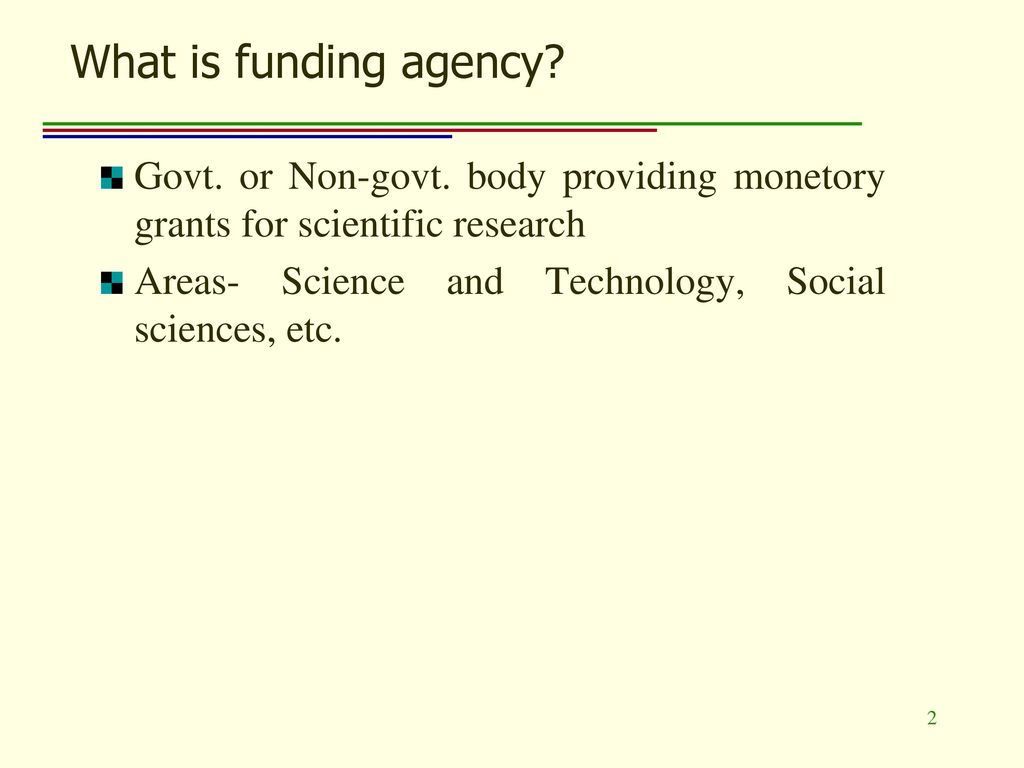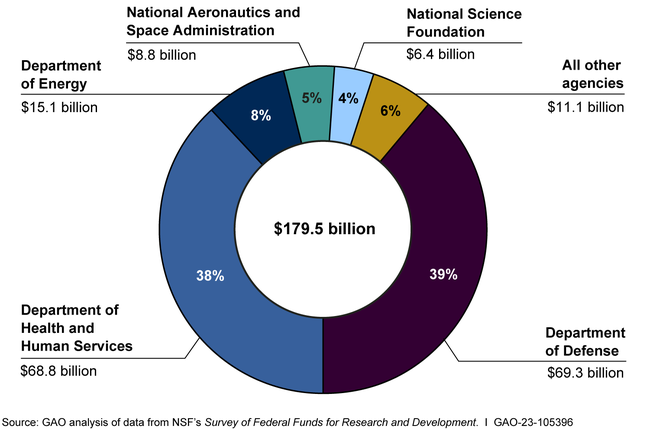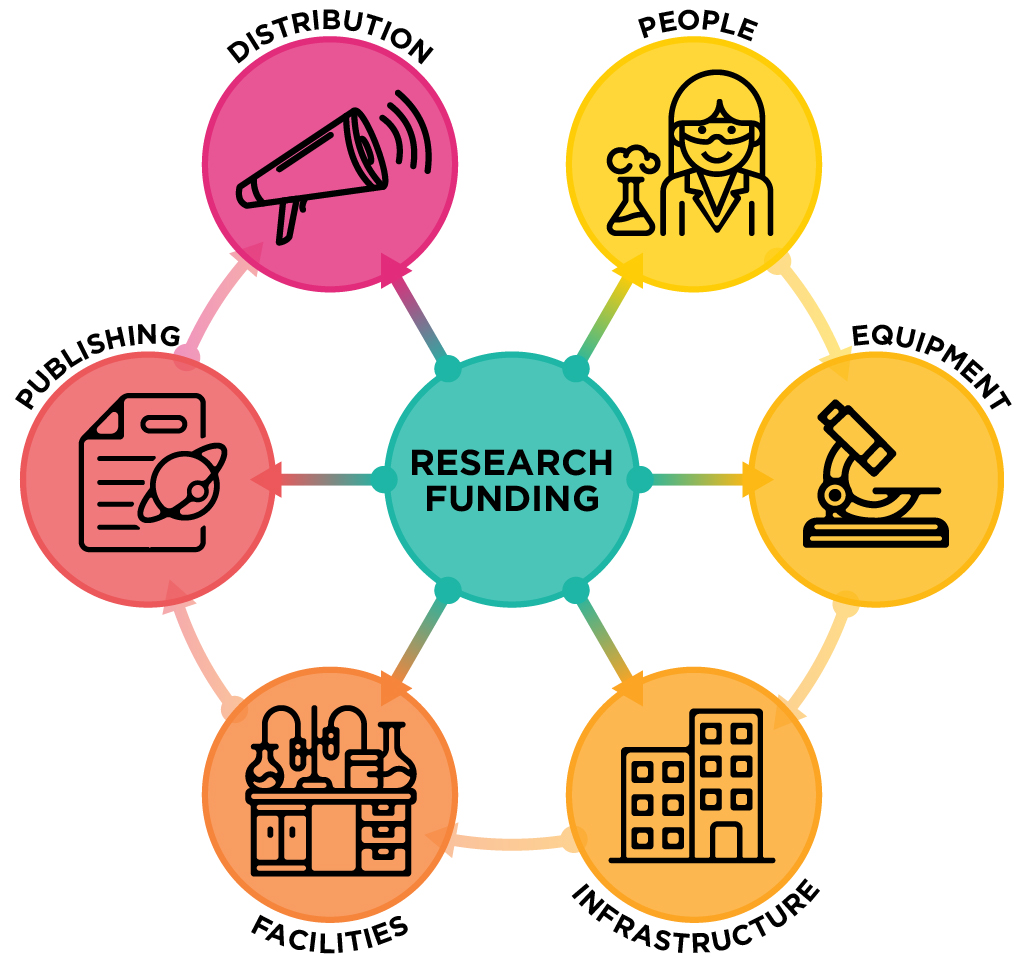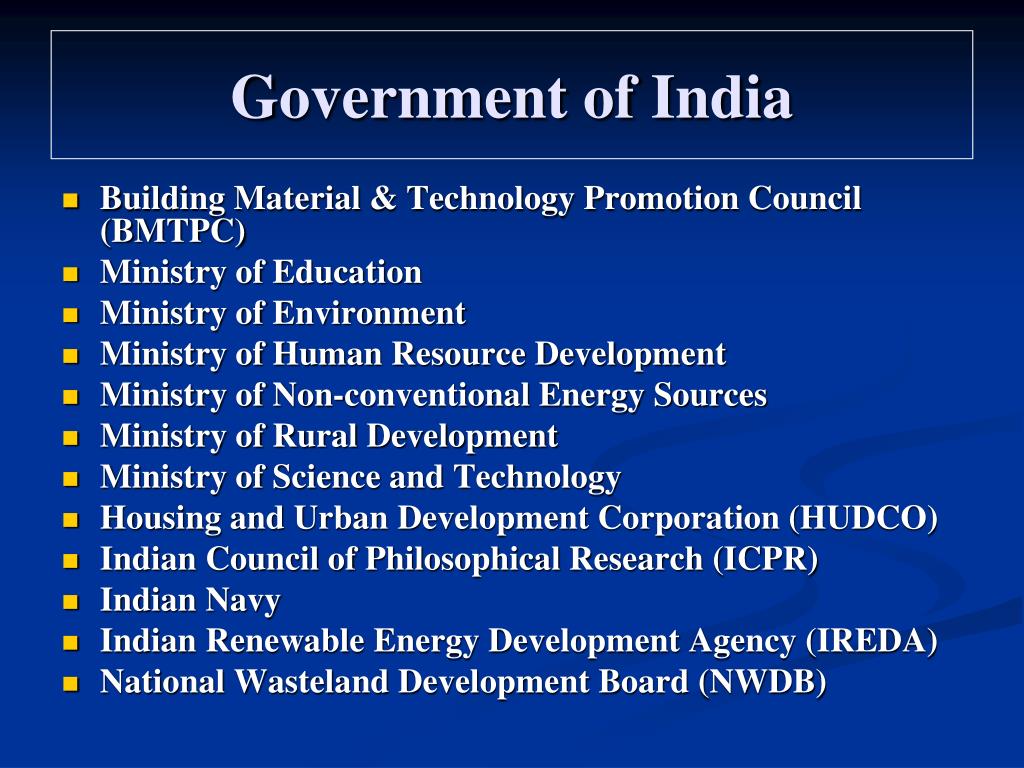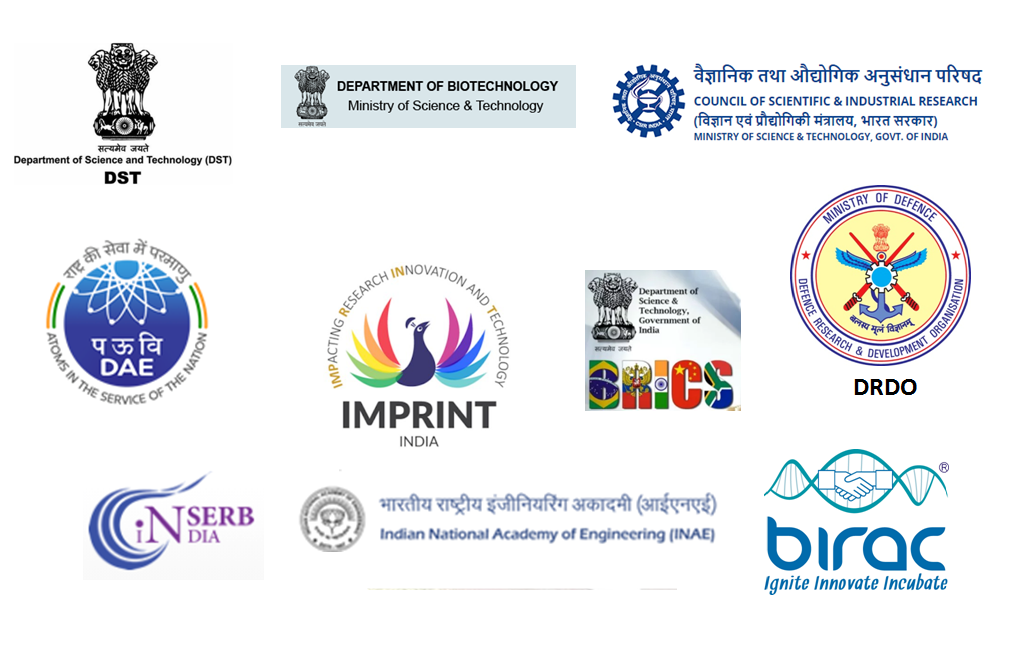Funding Agencies For Scientific Research

Scientific research funding faces a critical juncture as agencies grapple with increasing demand and fluctuating budgets, threatening the pace of discovery. Proposed cuts and shifting priorities demand immediate attention to safeguard critical research initiatives across various sectors.
This article dissects the current landscape of scientific research funding, highlighting the roles of key agencies, recent funding trends, and the potential impact of budgetary changes on groundbreaking discoveries. The focus is on delivering a concise overview of the challenges and opportunities facing the scientific community.
Key Funding Agencies and Their Roles
The National Institutes of Health (NIH) remains the largest public funder of biomedical research in the world. In fiscal year 2023, the NIH received approximately $47.5 billion to invest in cutting-edge research.
The National Science Foundation (NSF) supports fundamental research across all fields of science and engineering. Its budget for fiscal year 2023 was approximately $9.1 billion.
The Department of Energy (DOE) Office of Science is a major supporter of basic research in physics, chemistry, materials science, and biology. In fiscal year 2023, Congress appropriated $8.8 billion for DOE’s Office of Science.
Recent Funding Trends and Challenges
While overall federal funding for scientific research has generally increased over the past decade, growth has not kept pace with the rising costs of research and the increasing number of researchers seeking funding. This creates intense competition for grants.
The COVID-19 pandemic highlighted the critical need for sustained investment in public health research. The pandemic also strained budgets, leading to difficult choices about research priorities.
Agencies are increasingly focusing on interdisciplinary research, requiring collaborations across different scientific fields. This shift can be both beneficial and challenging, as researchers need to adapt to new ways of working.
Potential Impacts of Budgetary Changes
Proposed budget cuts threaten to slow the progress of scientific discovery, impacting everything from basic research to translational medicine. Reduced funding could lead to job losses in the scientific community.
Delays in research projects could jeopardize the development of new technologies and medical treatments. This could have significant consequences for public health and economic competitiveness.
Decreased funding can discourage young scientists from pursuing careers in research. The US could lose its leadership position in science and technology if funding is not prioritized.
"Sustained investment in research is critical for innovation, economic growth, and national security," says Dr. Emily Carter, a leading materials scientist at Princeton University. "Cuts to funding will have long-term consequences for our ability to address pressing challenges like climate change and disease."
Ongoing Developments and Next Steps
Scientific advocacy groups are actively lobbying Congress to protect and increase research funding. These groups are working to raise awareness of the importance of science to society.
Universities and research institutions are exploring alternative funding sources, including partnerships with industry and philanthropic organizations. These partnerships can help to diversify funding streams and support innovative research.
The scientific community must continue to communicate the value of its work to the public and policymakers. Effective communication is crucial for building support for scientific research.
The situation demands ongoing monitoring and engagement from scientists, policymakers, and the public to ensure the continued advancement of scientific knowledge and its benefits for society. Action is needed now to safeguard the future of scientific discovery.



